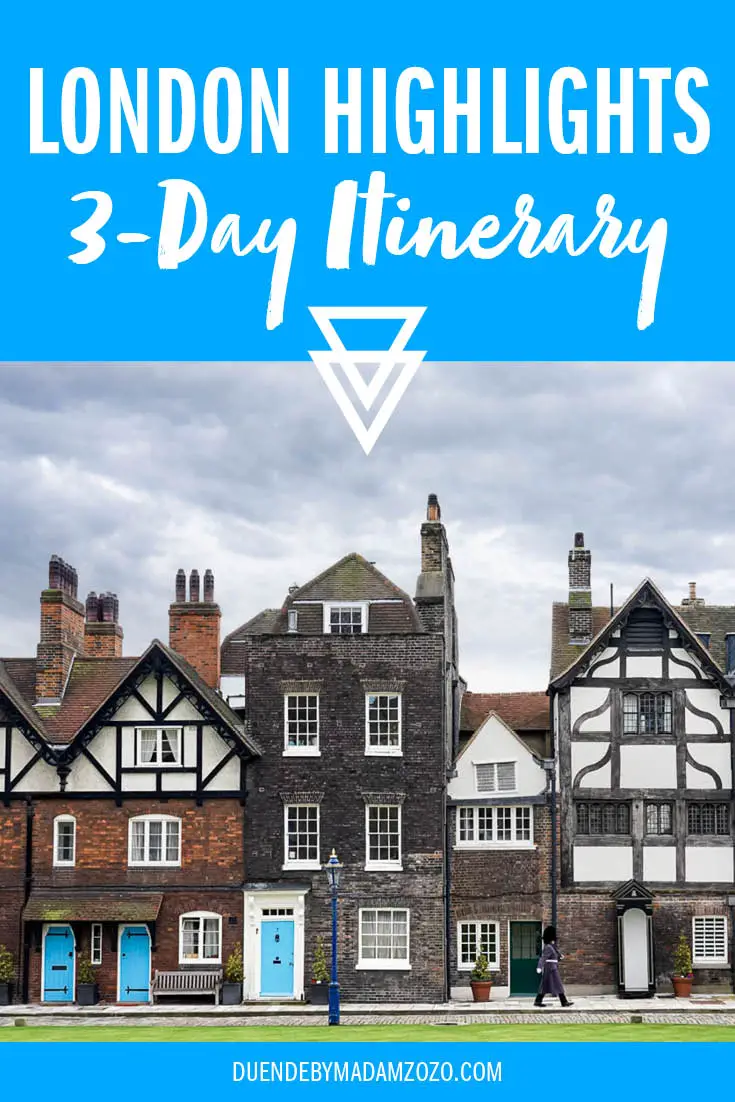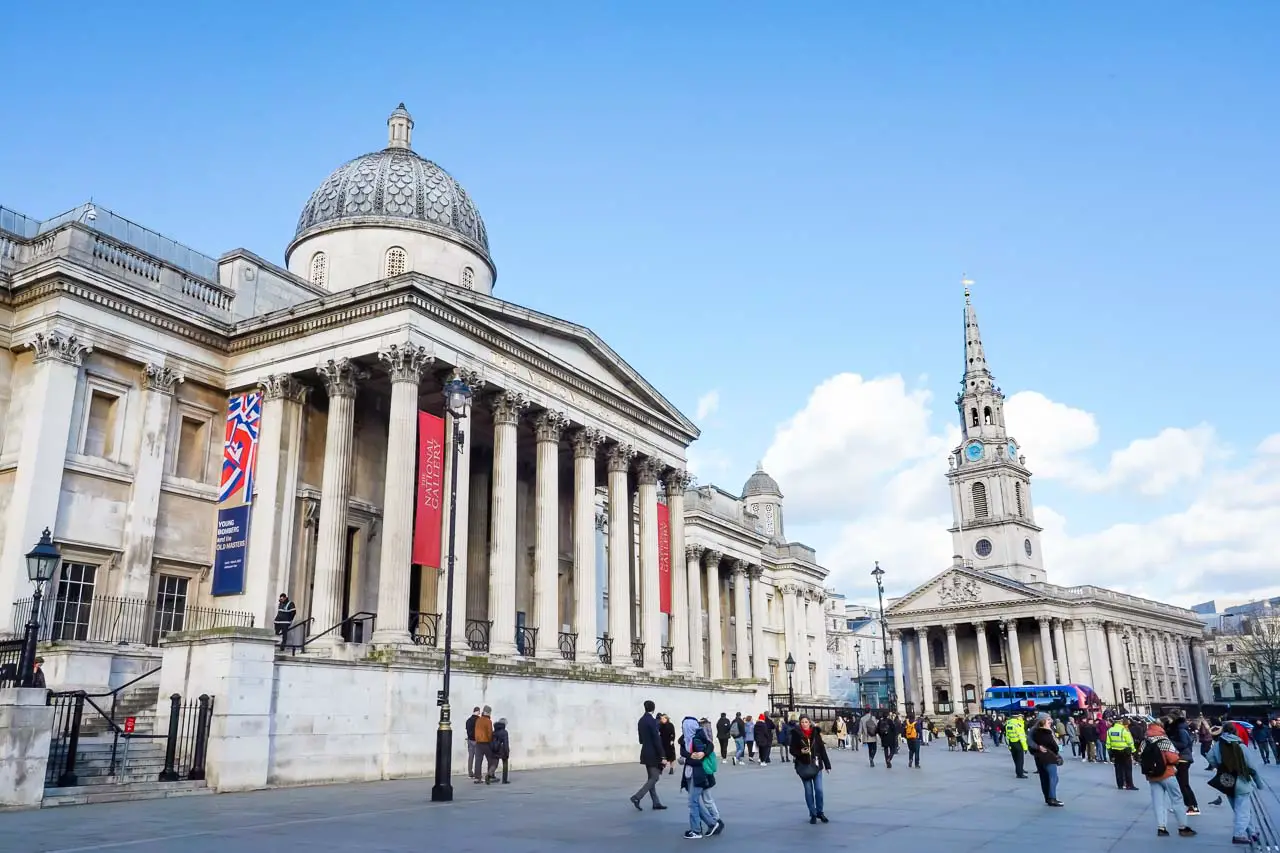Wondering how to cram the highlights of London into a mere 3-days? It can be tricky to cover so much history, culture and afternoon tea in just 72-hours! That’s why I put together this 3-day London itinerary, curating all the best and most iconic sights in an easy-to-follow route.
Disclosure: I may earn compensation from the purchase of any product or service linked on this website, at no extra cost to you. I only link to products I use and love, therefore feel comfortable recommending.
Table of contents
London 3-day itinerary notes
A few notes before we get started to ensure you’re prepared to take on London in 3 days:
- There are great savings to be made with The London Pass, which I highly recommend purchasing if you intend to follow this itinerary. If you want to know how a multi-attraction pass like this one works to save you money, then check out this post.
- Wear comfortable walking shoes. You’ll be covering a good amount of ground on foot and occasionally on the Underground to get between places faster – good walking shoes are essential.
- The London museums in this itinerary are all “free”, really meaning “a donation at your discretion”. It is up to you what you choose to contribute. I recommend dropping the £1-2 requested when you pick up a museum map/guide as a minimum.
- Lastly, keep this public toilet map handy as public restrooms can be difficult to find and usually cost you 50p to enter.
London Itinerary Day 1:
Big Ben and the Houses of Parliament
Let’s kick off your 3-days in London with some of the MOST iconic sights, beginning with the Palace of Westminister. More commonly known as the Houses of Parliament, the Palace is the meeting place for the UK’s two houses of Parliament and is a UNESCO World Heritage Site. Though the first palace on the site dates back to the 11th century, the current Gothic Revival building was constructed after a devastating fire in 1834 destroyed most of the medieval complex.
Here you will also find the London landmark referred to as “Big Ben” though this is a misnomer, as Big Ben is the bell inside the clocktower named Elizabeth Tower. Don’t forget to also take in Parliament Square with its twelve statues of famous leaders. Take some pictures and let’s keep moving…
Westminster Abbey
Westminster Abbey was established by Benedictine Monks in 960AD and the present day gothic structure was built during the reign of King Henry III. The Abbey is well known for the coronation of British kings and queens, lavish royal weddings and tombs alongside memorials to famous poets, writers and scientists. Be here right as it opens (9:30 on weekdays, 9:00am on weekends) to avoid long queues for tickets and to allow time for an audio tour through the chapels and cloisters, chambers and corners of this historic church. On to our next stop…
Buckingham Palace
Proceed across St James’ Park to the front of Buckingham Palace for the Changing of the Guard, where the Queen’s Guard in all their red tunic and bearskin hat glory are about to make a ceremonious change of shifts. The pomp and circumstance begins when the Old Guard forms up in the palace’s forecourt at 10:45 which is the latest you will want to arrive and take up a viewing position. Check the calendar here for dates. The Changing of the Guard is free – no tickets required. When the ceremony is over, take a closer look at the Palace from the front gate.
Churchill War Rooms
After lunch, return across St James’ Park to the Churchill War Rooms. Here British Prime Minister, Winston Churchill, and his colleagues directed WWII from an underground bomb shelter. Allow about 90-minutes to delve into the fascinating Cabinet War Rooms and Churchill Museum that make up this facility, with a self-guided audio tour.
Whitehall
Follow Whitehall St from the Houses of Parliament to Trafalgar Square. Along the way you will see why this road is recognised as the centre of the UK government. Whitehall is lined with various departments and ministries in grand Neoclassical and Palladian style structures, along with a number of monuments and memorials. You will also pass the well-guarded and gated Downing Street, where the Prime Minister resides.
Trafalgar Square and the National Gallery
Once you arrive in Trafalgar Square, you can admire Nelson’s Column, a 52m (169ft) ode to Admiral Horatio Nelson who died in the Battle of Trafalgar (part of the Napoleonic Wars) in 1805. Here you’ll also find the National Gallery (and National Portrait Gallery) which are our last stop for the day.
I find the best way to work through a Gallery of such immense size and impressive collection in a short time, is to pick up a highlights brochure and work your way through the must-see works of art as chosen by thosen in the know – the museum’s curators.
That concludes the first of your 3-days in London. How do you feel? Rest up, there is much more to come.
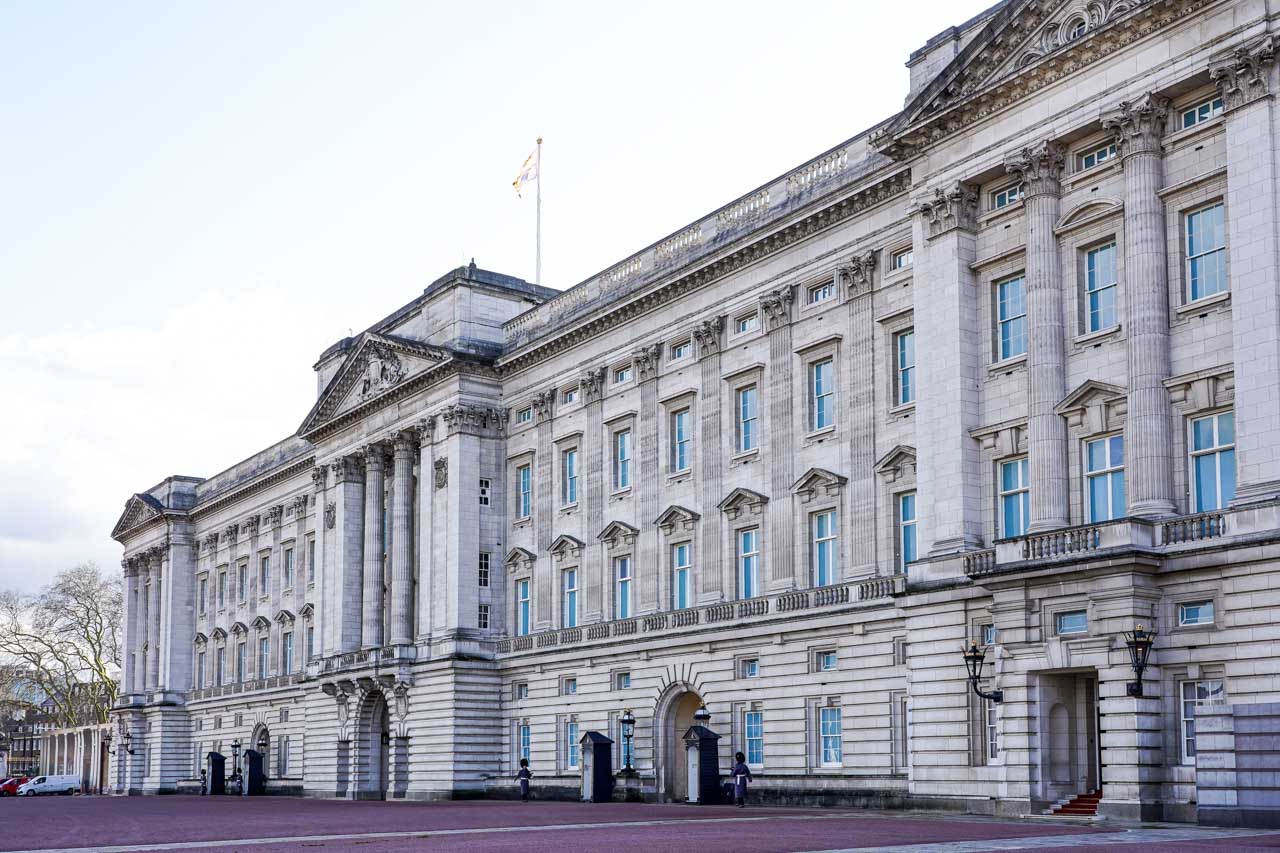



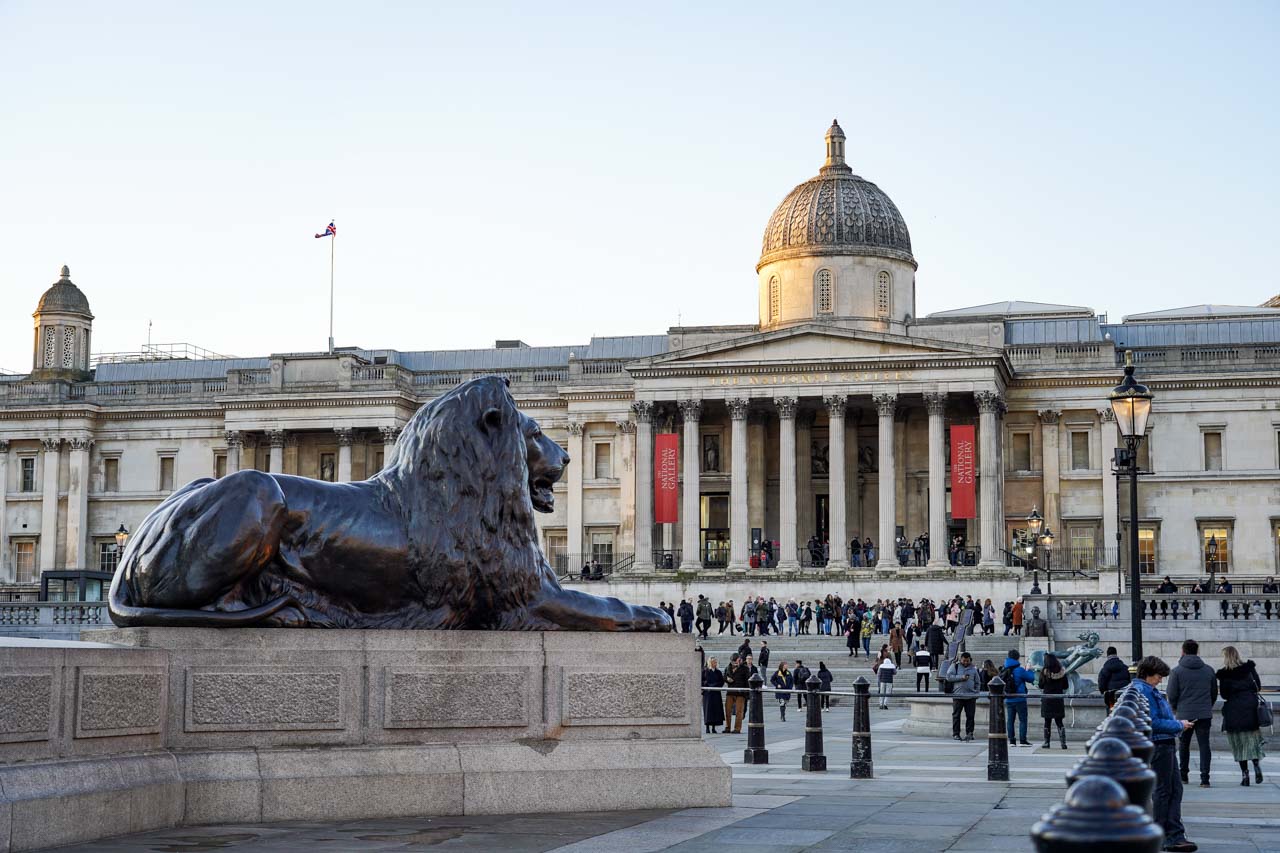
London Itinerary Day 2:
Tower of London
Let’s continue your 3-day London itinerary with a visit to the Tower of London. Allow a good part of your morning to discover the former royal residence, fortified castle, prison and current home to the crown jewels. The complex gets its name from the earliest structure, White Tower, constructed in 1078. It has been expanded over the years and evolved through many different functions.
Today you can explore the many facets of the castle and the characters that lived or were imprisoned its walls. Take a tour from a Yeoman aka Beefeater, who still live on-site here. See the superstitiously kept ravens and gleaming crown jewels all within the stone walls of this complex. Be wary of time though, because this attraction alone could take your entire 3-days in London to explore, if you let it.
Tower Bridge
You can choose to simply walk across Tower Bridge, or explore it from Walkway to Engine Room with the Tower Bridge Experience. Take an hour to investigate the inner workings, architecture and history of London’s most recognisable bridge, with views of the skyline and Thames River.
Borough Market
Borough Market is a lunch stop-sightseeing combo. Discover the enticing fresh produce and artisan products alongside delicious prepared food and cafes, where you can enjoy a sit-down while you refuel for the afternoon ahead.
Shakespeare’s Globe
Knowing this is a reproduction of Shakespeare’s Globe Theatre, close to where the original stood, I admit I had some doubts about spending time here. Was it going to be too Disney-ified? The answer is no. The Globe has been faithfully recreated with the greatest care for authenticity.
Take a one-hour tour around the working theatre to learn how the current Globe brings to life the works of Shakespeare largely as the original would have in the 16th century. If you’re travelling during the warmer months, you might even be compelled to catch a show here and see it in action.
St Paul’s Cathedral
There are a plethora of high points to take in views of London including The View from the Shard, Sky Garden, London Eye and Tate Modern Viewing Level. However, my favourite was without question, the dome of St Paul’s Cathedral. For those who are mobile and fit enough to take on 528 steps to the Golden Gallery of St Paul’s Dome (or 378 to the Stone Gallery), then I unreservedly recommend it. The Dome rises just high enough above the skyline to offer an expansive view but is low enough to retain a feeling of intimacy with the city.
Once you’re done with the Dome, tour the remains of the unbelievable Baroque Cathedral and its crypts. I recommend taking a multimedia guide to ensure you don’t miss a detail of this breathtaking building.
Special note: If you can’t make the stair climb to the top of St Paul’s, the View from the Shard would be my next recommended, particularly if you have a London Pass (otherwise it’s £35 for one adult visitor). With its 360-degree views, its great for those who can’t make the stairs.
Monument to the Great Fire of London
After you’ve scaled St Paul’s Dome, the top of the Monument to the Great Fire will feel a little lacklustre and the viewing platform is fenced in preventing you from taking great pictures. Save your now wobbly legs and enjoy the Monument from the ground, including the plaque in nearby Pudding Lane where the fire is said to have started.


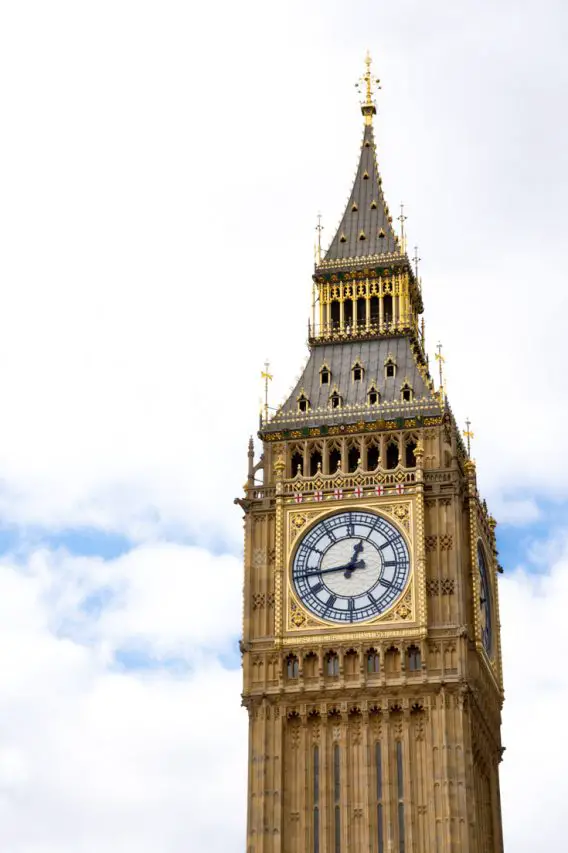

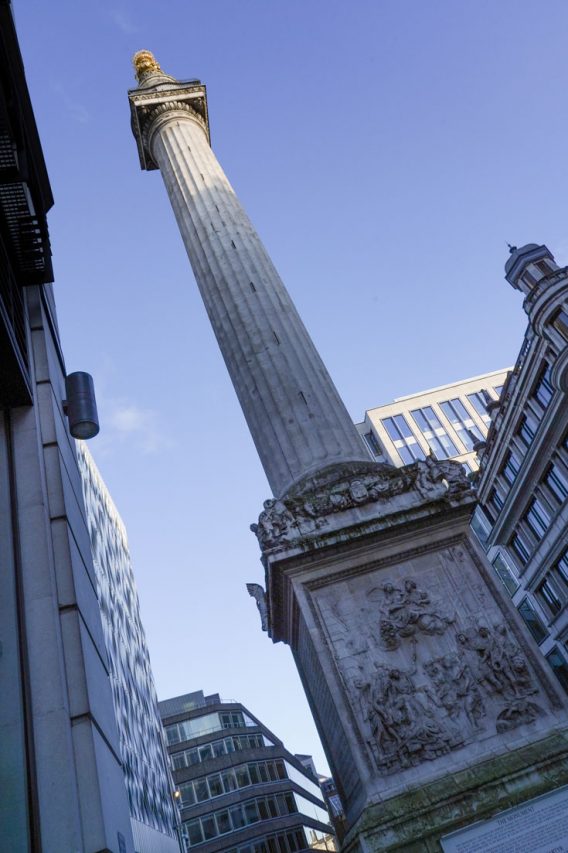
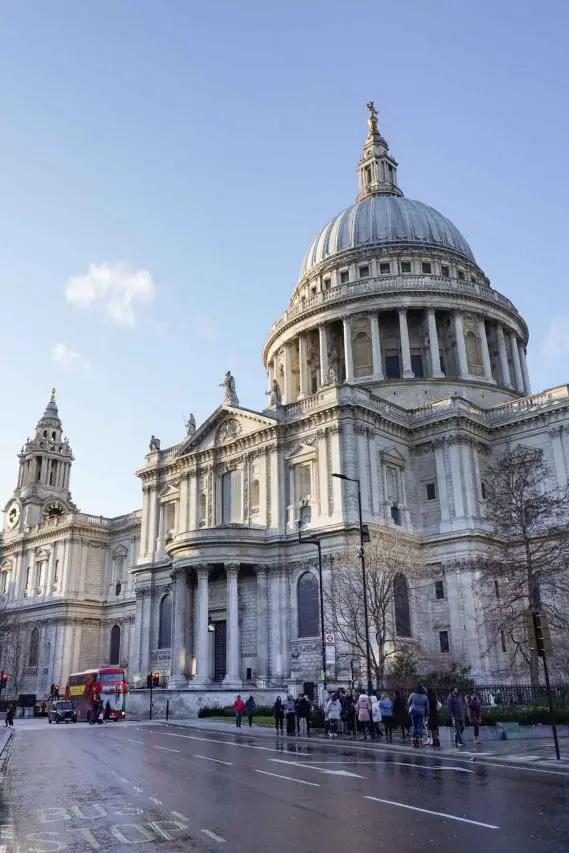
London Itinerary Day 3:
V&A (Victoria and Albert) Museum
The V&A Museum is an art and design mecca. It is said to be the world’s largest collection of applied and decorative arts and design with a collection spanning architecture, costume, photography, furniture and much, much more. This is a design-lovers dream. Again, make sure you target the collection highlights on this brief visit.
Hyde Park
Make your way to Hyde Park via Royal Albert Hall, for a quick look at the iconic concert venue. Take a lap around the key sights of Hyde Park to work up an appetite for our next stop. Enjoy views of Kensington Palace and Garden, the Princess Diana Memorial and Speakers’ Corner before crossing over to Green Park on your way to The Ritz.
Afternoon tea at the Ritz London
Let’s substitute lunch for an early afternoon tea, I promise you’ll walk out with a stomach beyond full. Ensure you are properly dressed for the occasion – men will need a jacket and tie, no jeans or sportswear allowed for anyone. Indulge in your 3-tiers (plus extras) of goodies in the elegance of the Palm Court, with silver service and a price to match – it’s a treat afterall. Don’t worry if The Ritz is out of your realm, there are plenty more affordable afternoon teas around the city.
British Museum
Jump on the Underground at Green Park Station and take a ride to Holborn Station, for a more express trip to the British Museum. Squeeze in an hour at the British Museum to see the highlights including the Rosetta Stone, Parthenon Sculptures and Lewis Chessmen.
Piccadilly Circus and West End
Top off your 3-day London adventure with an evening theatre performance in the West End. If you are leaving the British Museum, take the Underground from Russell Square to Piccadilly Circus Station. Akin to New York’s Broadway Theatre District, West End can feel extremely over touristed with its in-your-face LED billboards, souvenir hawkers and overpriced restaurants (i.e. eat somewhere else before or after your show).
Despite all this, I recommend taking a look at the great intersection of Piccadilly Circus. Not named for the circus-like environment it is now, but for the incredible rounded or circle shaped traffic junction completed in 1819 that was described by Charles Dickens Jr as “the nearest approach to the Parisian boulevard of which London can boast.”
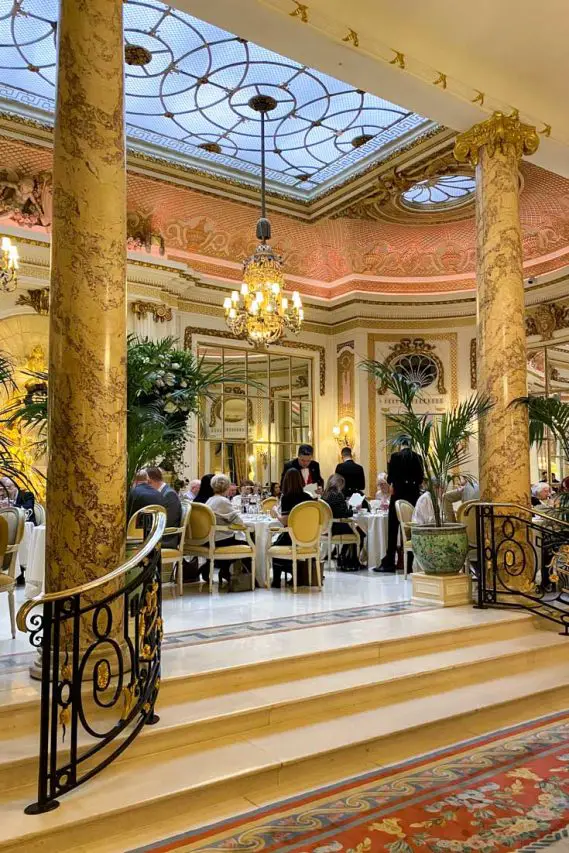



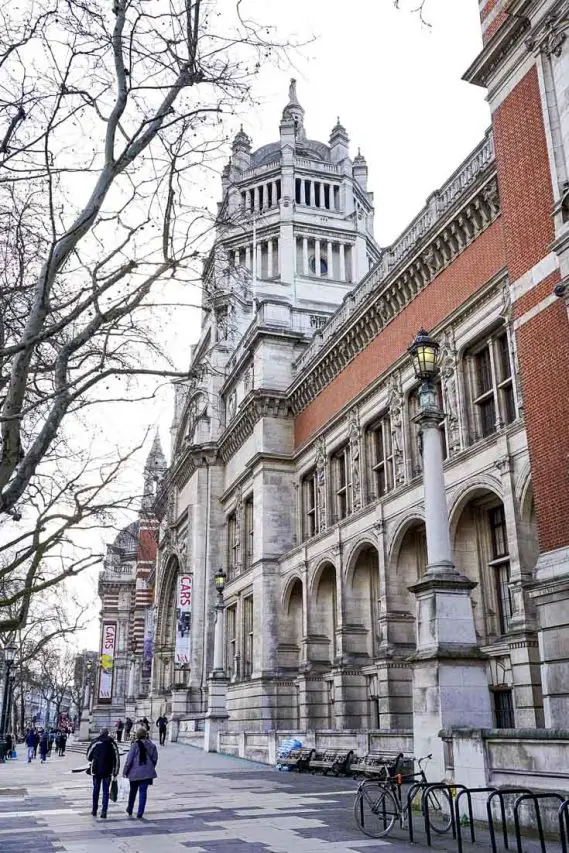

When to visit London
Given its fairly mild climate, any time is a good time to visit London. Though if you are looking for more sunshine, May through August is your best bet. Just note that the warmer, sunnier weather also means more crowds and higher prices.
Rain and cool temps might keep the hoards at bay in winter, but you may find some attractions undergo maintenance during these quieter tourist months. Also, consider how you pack at this time of year – you can get my London winter packing list here.
3-day London itinerary map
Getting to London
Most international travellers will arrive in London by air. Though, if you are travelling from Europe (particularly France), you might also take the ferry or train. Let’s look at the options.
Plane
London has six major airports: London Heathrow (LHR), Gatwick (LGW) and Luton (LTN), City (LCY) Stansted (STN) and Southend (SEN). Though saying some of these are “in London” is a bit of a stretch.
The two airports closest to London’s city centre are: Heathrow and City to which you can connect via the London Underground (aka The Tube). You can pay for your ride using a contactless payment-enabled credit card or your pre-purchased Visitor Oyster Card, which can also be used to get around London during your stay–more on that in a minute.
Train
Eurostar departs Paris multiple times daily and takes roughly 2.5hrs to reach London. You can also jump aboard the Eurostar in Brussels which is a 2hr journey to London.
LNER connects Edinburgh, Scotland and Kings Cross Station, London in under 5hrs with about 19 departures daily. There is also a sleeper train option if you need to save time by travelling overnight.
Ferry
There are several options for taking the ferry across the English Channel operated by DFDS Seaways and P&O Ferries. The route is taking the ferry from Calais, France to Dover, UK – a roughly 90min journey. You can then connect with London by train. The Dunkirk, France to Dover ferry takes a little longer at about 2hrs.
DFDS Ferries also runs a ferries from Dieppe, France to Newhaven, UK and Dunkirk, France to Dover, UK. Both the UK ports connect with London via train.
Getting around London
There are many options for getting around London during your 72-hour stay. Though you will do a lot of walking, the sprawling city will also require you to cover larger distances. That means you will need some faster modes of transport to see everything on this 3-day London itinerary.
Underground (Tube)
The world’s first underground train network is a London experience in itself. Referred to simply as the “Underground” or the “Tube”, the network consists of 11 lines divided into 9 zones. You will spend most of your time in London within zones 1 and 2. The Tube is the most convenient and cost-effective way for able-bodied visitors to get around.
As mentioned in “Getting to London”, a Visitor Oyster Card (an electronic plastic smartcard) is one way to purchase train travel. Visitor Oyster cards cost £5 (plus postage if you want them pre-sent to you), and can be pre-loaded with credit from £10-50. You can top up your Visitor Oyster Card at Oyster Ticket Shops, Tfl Visitor Centres, and at train stations.
You also may use a contactless payment-enabled credit card or mobile payment method such as Apple Pay. There are various pros and cons to using these methods. For instance, your bank may charge a fee per international transaction.
Buses
We found buses to be the least helpful way of getting around i.e. didn’t even bother trying. Although the red doubledeckers look appealing, the almost 400 routes and 15,000-plus stops make them difficult to navigate when you are only in town for a short time. Also, you are at the mercy of big city traffic. Best to leave the buses to London residents and regular commuters.
Taxis
The iconic black cabs (although they may not be black) are also known as taxicabs, London taxis and hackney carriages. Black cabs are your most nimble and customised option, but also the most expensive. London taxi drivers must have passed an extensive training course which tests them on their knowledge of London streets – they are basically walking-GPSs!
London’s taxis can carry up to 5 people (in addition to the driver). They can be hailed in the street and the illuminated yellow “TAXI” sign indicates they are available. Taxis are metered and charge a minimum of £3.20. All black cabs are wheelchair accessible and allow assistance dogs.
Rideshare
As of March 2022, Uber has a 30-month license to continue its operations in London. Lyft does not operate in the UK. Bolt, Ola and Green Tomato Cars also service the London area.
Wishing you a fun and fascinating 3-days in old London Town. If you have more time, see additional sights such as Covent Garden and a day trip to Greenwich, in my London Sightseeing Guide. Please leave any questions or feedback in the comments below – I’d love to hear from you.
Peace, love & inspiring travel,
Madam ZoZo
Pin this for later…


